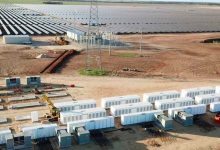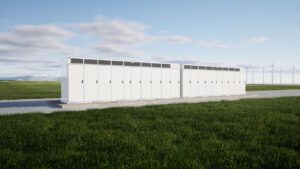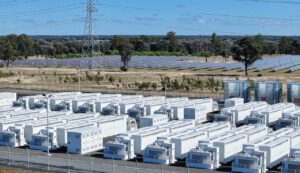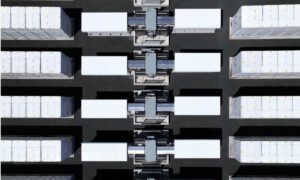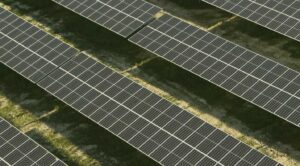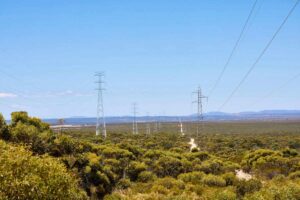The growth in number of big batteries in Australia’s main grid is displacing coal generation as a provider of frequency control and ancillary services (FCAS) markets, and helping reduce overall costs, according to the Australian Energy Market Operator.
In its latest Quarterly Energy Dynamics report, AEMO says batteries have increase their share of key FCAS markets from 10 per cent in the last quarter of 2018 to 17 per cent in the first quarter of 2019, thanks to the recent addition of the Dalrymple battery storage plant in South Australia and the Ballarat battery storage facility in Victoria.
The so-called Tesla big battery – installed at the Hornsdale Power Reserve in South Australia, which entered service in the last quarter of 2017, maintained its market share of just under 10 per cent from the first quarter of 2018, and the last quarter. Darymple took 5 per cent in the latest quarter, while Ballarat took 3 per cent.
Another interesting development is the increased share in the FCAS market for demand response services, which has upped its share from just under 10 per cent a year ago to 15 per cent now.
That gives a 35 per cent share to “new technologies”, and has in turn eaten into the share of the traditional coal generators, which have fallen from near 45 per cent to around 28 per cent.
 This – along with increased supply from hydro generators, including the Wivenhoe pumped storage supply in Queensland – helped overall costs fall by around 33 per cent from the last quarter to $36.4 million. Most of the cost reductions occurred in the contingency raise section of the FCAS market.
This – along with increased supply from hydro generators, including the Wivenhoe pumped storage supply in Queensland – helped overall costs fall by around 33 per cent from the last quarter to $36.4 million. Most of the cost reductions occurred in the contingency raise section of the FCAS market.
Another key observation from the AEMO report came in the storage activities, which points to how much money batteries and pumped hydro facilities made in the quarter.
In the case of pumped hydro, the answer is not much. Energy costs for pumped hydro continue to be nearly as much as the discharging costs, meaning little in terms of arbitrage. This has been one of the chief concerns over how a huge investment like Snowy 2.0 can make money.
Batteries, perhaps because of their increased speed and flexility, and lower energy losses in the turn around from charging to discharge, made some handy profits in the quarter, as this table below illustrates.
 AEMO notes that both pumped hydro and batteries have increased the amount of charging and pumping during the middle of the day, especially during the solar noon, soaking up the sponge of high solar output.
AEMO notes that both pumped hydro and batteries have increased the amount of charging and pumping during the middle of the day, especially during the solar noon, soaking up the sponge of high solar output.
Interestingly, batteries have also found a profitable new market during the morning (meeting early morning demand around 0600-0700), with both pumped hydro and batteries increasing generation during the evening peak.
But Figure 21 (above) shows that batteries, because of their lower charging costs (they may also be able to pick and choose better at lower price points), made a heap more money (indicated by the black line).
Batteries recorded “park spreads” of approximately $21/MWh, a slight increase over the prior quarter. The fact they made more money trading in high and volatile spot prices more than compensated for the lower returns in the FCAS markets.
Pumped hydro facilities, on the other hand, made a margin of just 1/MWh (one dollar). Fortunately for pumped hydro facilities, they also make money from the spot market.

